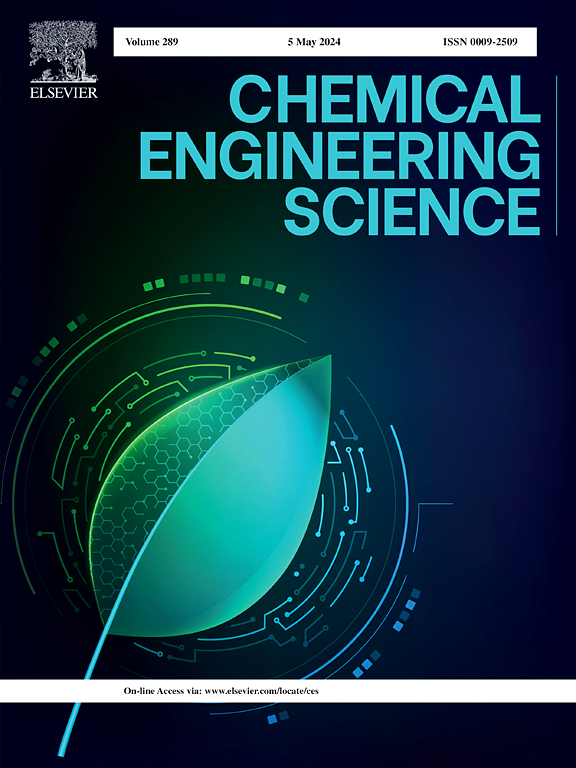Experimental study on the characteristics of gas–liquid metal two-phase flow in pool
IF 4.1
2区 工程技术
Q2 ENGINEERING, CHEMICAL
引用次数: 0
Abstract
Understanding the flow characteristics of bubbles in liquid metal is crucial for the safe analysis of Steam Generator Tube Rupture (SGTR) scenarios in Lead-cooled Fast Reactors (LFRs), whereas previous studies only conducted a general analysis and have not performed a detailed analysis for the bubbles of different sizes. Experimental measurements are conducted in a liquid metal pool using double-sensor conductivity probes to obtain the hydrodynamic parameters of the gas–liquid metal two-phase flow. Bubbles are divided into two groups to reveal the influence of the flow behaviors of Group-1 (spherical/distorted) and Group-2 (cap/slug) bubbles based on the radial and cross-sectional distributions of void fraction, interfacial area concentration (IAC), Sauter mean diameter, interfacial velocity, and bubble frequency. The evolutions of characteristic parameters for different bubble types, such as bubble duration, velocity, and chord length, are presented beyond traditional approaches by extending the conductivity probe data with statistical analysis. The composition of bubbles is revealed through the investigation of the number ratios of different bubble types in the flow. Finally, applicability validation of six chord length distribution functions shows that the lognormal distribution provides the best fit, and a modified correlation is proposed to improve the fitting accuracy.
求助全文
约1分钟内获得全文
求助全文
来源期刊

Chemical Engineering Science
工程技术-工程:化工
CiteScore
7.50
自引率
8.50%
发文量
1025
审稿时长
50 days
期刊介绍:
Chemical engineering enables the transformation of natural resources and energy into useful products for society. It draws on and applies natural sciences, mathematics and economics, and has developed fundamental engineering science that underpins the discipline.
Chemical Engineering Science (CES) has been publishing papers on the fundamentals of chemical engineering since 1951. CES is the platform where the most significant advances in the discipline have ever since been published. Chemical Engineering Science has accompanied and sustained chemical engineering through its development into the vibrant and broad scientific discipline it is today.
 求助内容:
求助内容: 应助结果提醒方式:
应助结果提醒方式:


